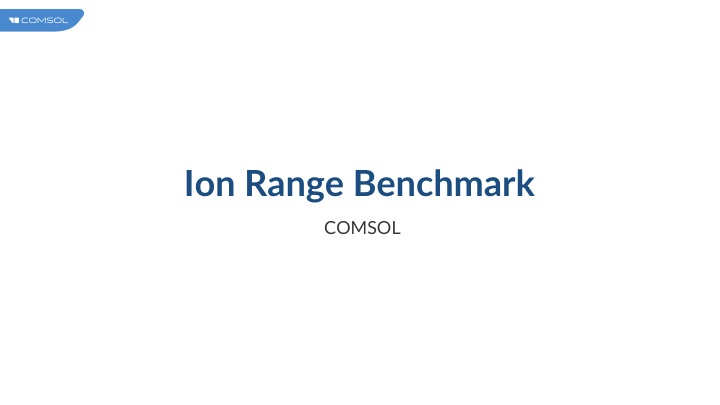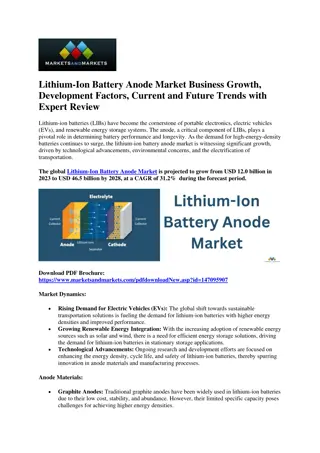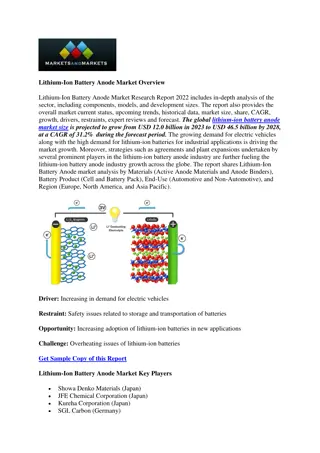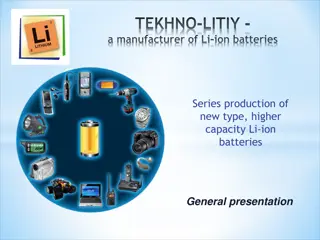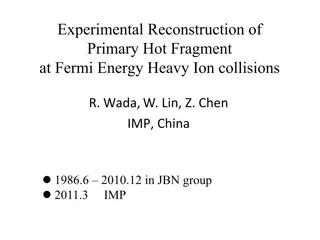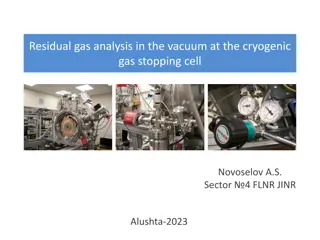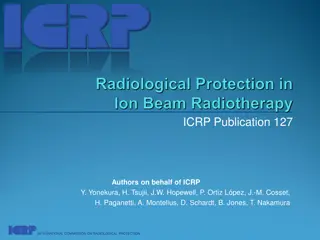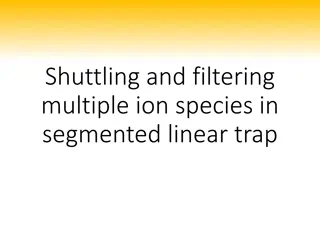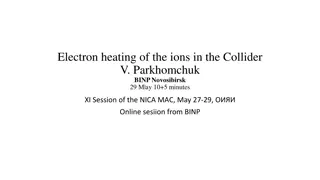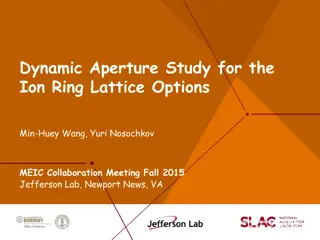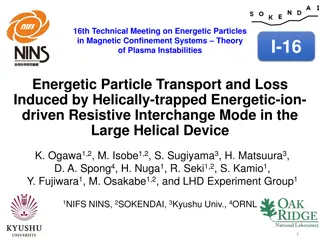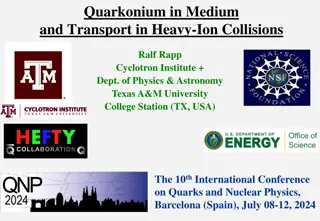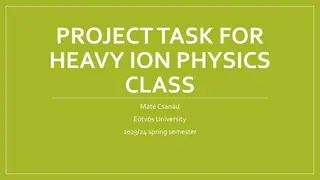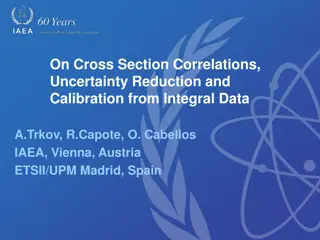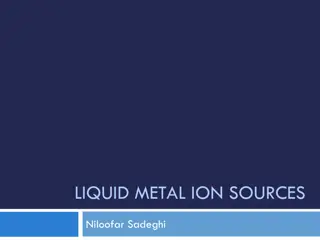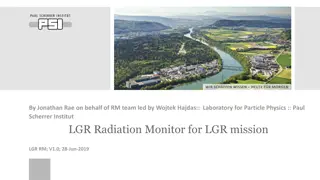Ion Range Benchmark
When ions interact with solid materials at high energy levels, Single Event Effects (SEEs) can occur, impacting electronic devices in radiation environments. This study explores ion trajectories and ranges using Charged Particle Tracing in COMSOL, shedding light on potential issues in outer space electronics design.
Download Presentation

Please find below an Image/Link to download the presentation.
The content on the website is provided AS IS for your information and personal use only. It may not be sold, licensed, or shared on other websites without obtaining consent from the author.If you encounter any issues during the download, it is possible that the publisher has removed the file from their server.
You are allowed to download the files provided on this website for personal or commercial use, subject to the condition that they are used lawfully. All files are the property of their respective owners.
The content on the website is provided AS IS for your information and personal use only. It may not be sold, licensed, or shared on other websites without obtaining consent from the author.
E N D
Presentation Transcript
Ion Range Benchmark COMSOL
Introduction When ions strike the surface of a solid material at extremely high energy, they may penetrate a significant distance into the target material or even pass through it The exchange of energy between the incident ions and atoms within the target material forms the basis of a class of interactions known broadly as Single Event Effects (SEEs) In harsh radiation environments, SEEs can cause a variety of undesirable phenomena in sensitive electronic equipment, ranging from soft errors such as bit flips to hard/ permanent problems such as single event latchup or burnout For this reason, understanding of SEEs is vital when designing electronic devices for harsh radiation environments such as outer space
Model Definition Charged Particle Tracing
Results The particle trajectories are computed for initial energy values ranging from 1 keV to 100 MeV In general, as the energy increases, the particles move in more linear trajectories as their deceleration is dominated by ionization loss At lower initial energy values, the ion trajectories are dominated by nuclear interactions and the ions tend to move in random directions The figure shows a typical plot of the ion trajectories Trajectories of 0.1 MeV protons in silicon. The changes in direction are due to collisions with target nuclei. The continuous decrease in energy is from ionization loss
Results The average ion range is reported in the figure Both the CSDA range and the projected range are shown As the initial ion energy increases, the agreement between the CSDA range and computed range improves because the decrease in ion energy is dominated by ionization losses, which cause the ions to decelerate continuously over time Comparison of the average path length of the computed ion trajectories to the published values of the ion range. Both the CSDA range and projected range are reported
Results The agreement between the CSDA range and the projected range improves as well because the ionization losses do not cause any change in the direction of ion propagation Comparison of the average path length of the computed ion trajectories to the published values of the ion range. Both the CSDA range and projected range are reported
